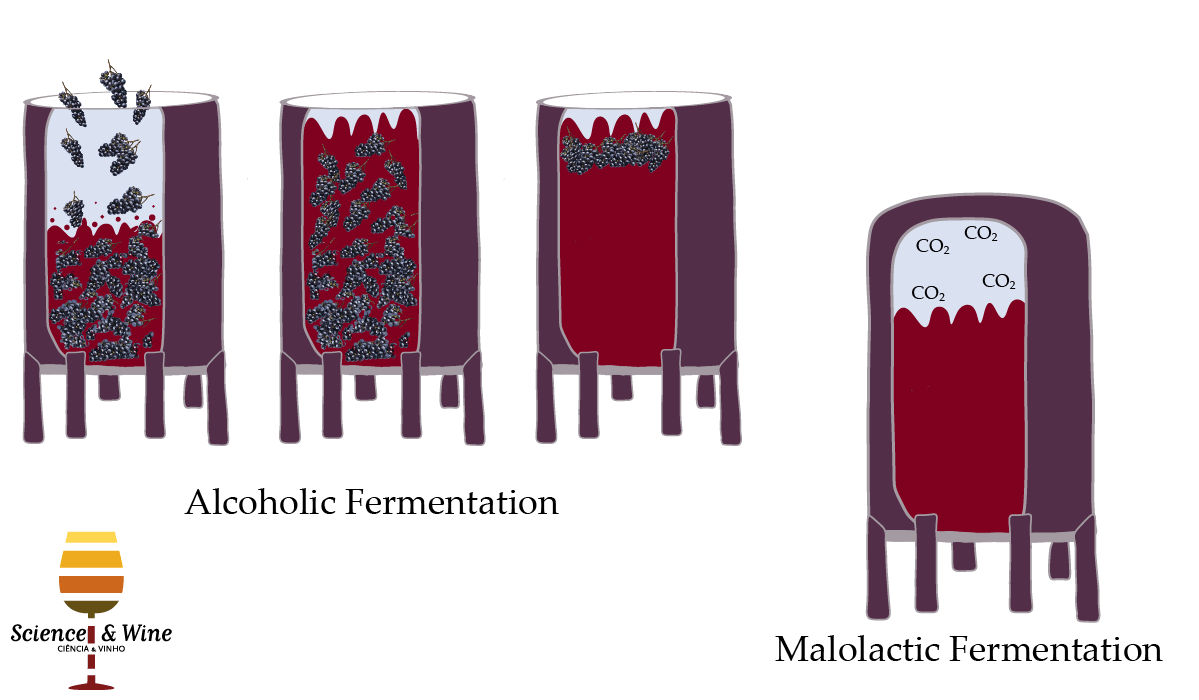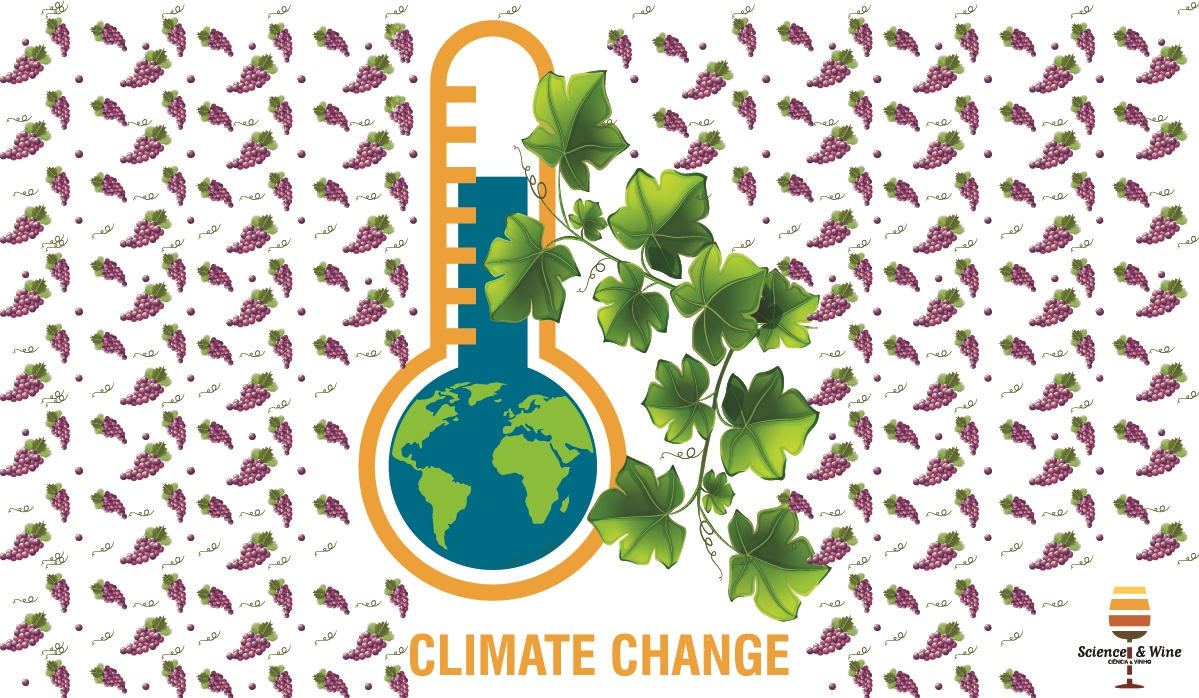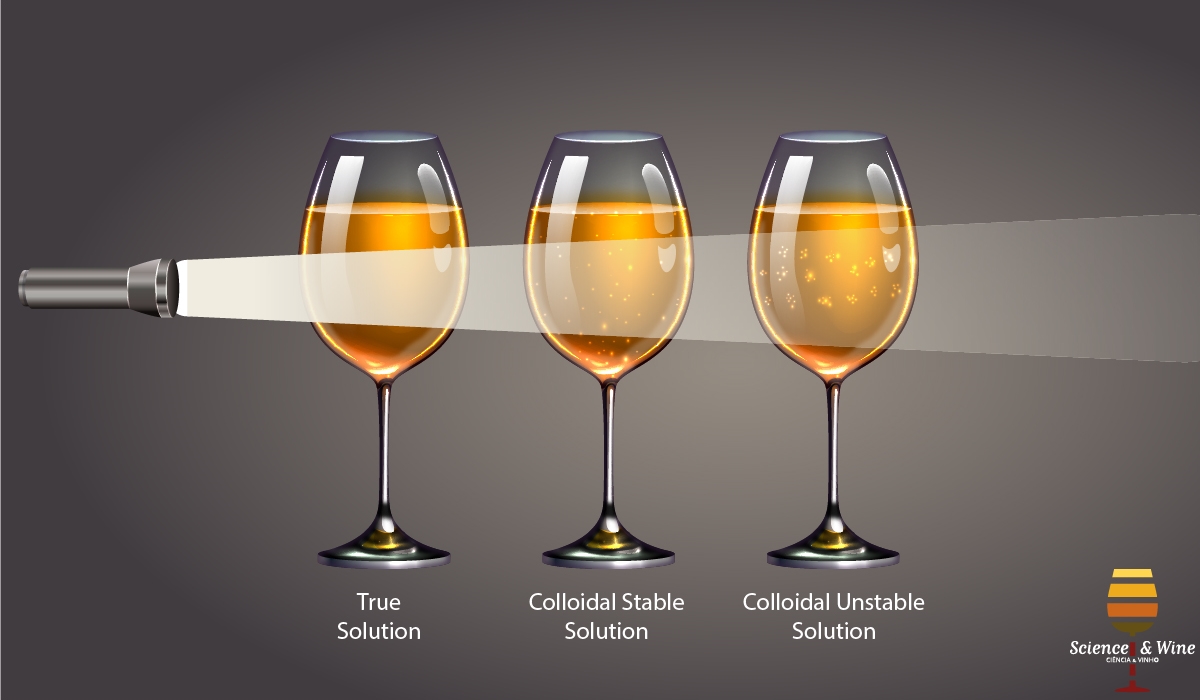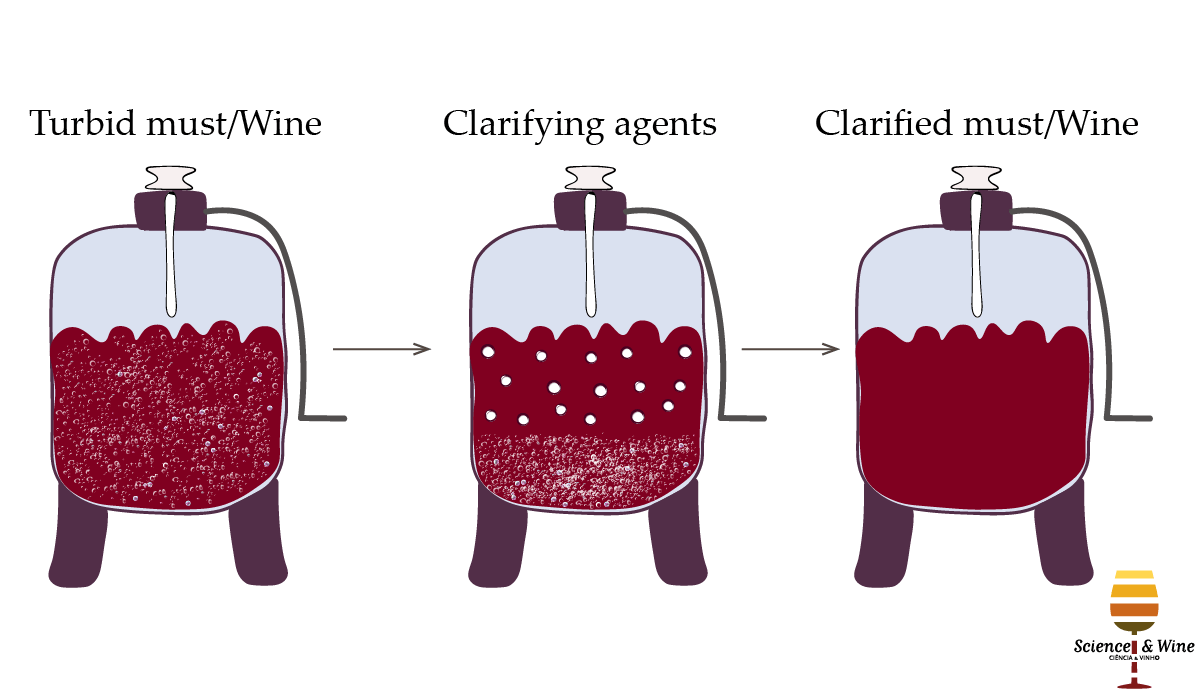Fining is a winemaking technique used to remove unwanted wine components that affect clarification, astringency, color, bitterness, aroma and even safety of the wine. Grape pomace could be a good alternative for protein-based fining agents in red wine, as they are insoluble, relatively inert, polysaccharide-based, and may also reduce turbidity problems and can be used to reduce tannins and contaminants. Moreover, their use would avoid allergen-related effects. Lastly, the use of pomace CW material as a fining agent could increase the added value of this byproduct, which is currently very low and very abundant in wineries. Grape pomace is one of the most abundant and valuable winery by-products.

Lactic acid bacteria from Patagonian red wines
By Natalia S. Brizuela, E. Elizabeth Tymczyszyn and L. Semorile Winemaking is a complex microbial process in which yeasts and lactic acid bacteria (LAB) play a significant role. Yeasts consume sugars to produce ethanol and lead the alcoholic fermentation (AF). The malolactic fermentation (MLF) is responsible for the conversion of L-malic acid to L-lactic acid and CO2, causing a reduction of…

Climate change expandes the suitability for wine production to higher altitudes and to northern latitudes in Europe wine regions. Recent findings from the Life-ADVICLIM project
One of the broadly debated topics during the last three decades has been the climate change, a phenomenon with global manifestation and whose evolution and finality are far from being known. Perhaps that is the uncertainty that makes concerns even bigger. All the more so, we all notice, that human society is affected in its entirety, seeking solutions to adapt.

Indigenous wine colloids – a challenging analytical and functional chemistry for oenology
Wine contains many types of colloidal substances, which must be considered by winemakers in their decisions related to wine production (must racking, lees sedimentation, filterability, wood ageing) and wine stability (tartaric precipitations, protein hazes, colour stability, ageability). Some of them, such as tannins and polysaccharides, are also known to contribute to the final sensorial perception of wines particularly regarding astringency, bitterness and smoothness.

